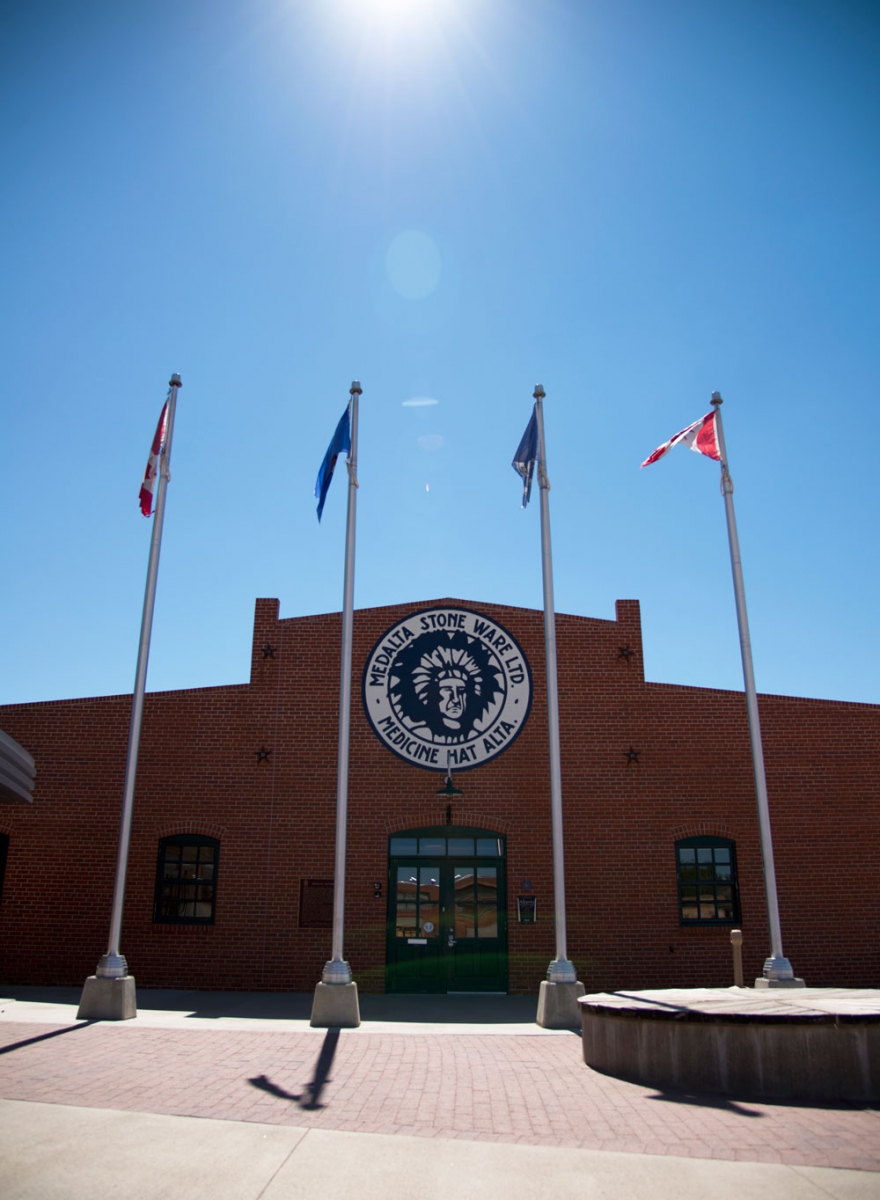Medalta Potteries Limited produced a huge range of hotel and restaurant ware, kitchenware, and a variety of souvenir china pieces from 1912 to 1954.
If you’re after a great prairie road trip you can accomplish in a day, consider Medicine Hat. It’s three hours away and well worth the trip, even just to visit the century-old Medalta Potteries complex.
Medicine Hat was one of our province’s early boomtown’s and it was in large part because of its geology. An abundance of natural gas provided inexpensive heat, light and power to industry – including the consistent high heat required to make kiln-fired ceramics at Medalta Potteries.
Medalta was a huge industrial operation for more than 40 years and its factory has been restored into a working museum that guides you through the historic process, introduces you to artists-in-residence and displays old and new pottery.
New this year, there also escorted tours of the recently acquired hundred-year-old brick and tile plant nearby. If you plan your trip for a Thursday, you can take in the Market@Medalta which takes place year-round from 4:30 p.m. to 8:30 p.m. It’s a lively community gathering where you can get a bite to eat at the food trucks and shop from local artisans. If you’re going on the weekend, have one of your meals at Skinny’s Smokehouse instead.
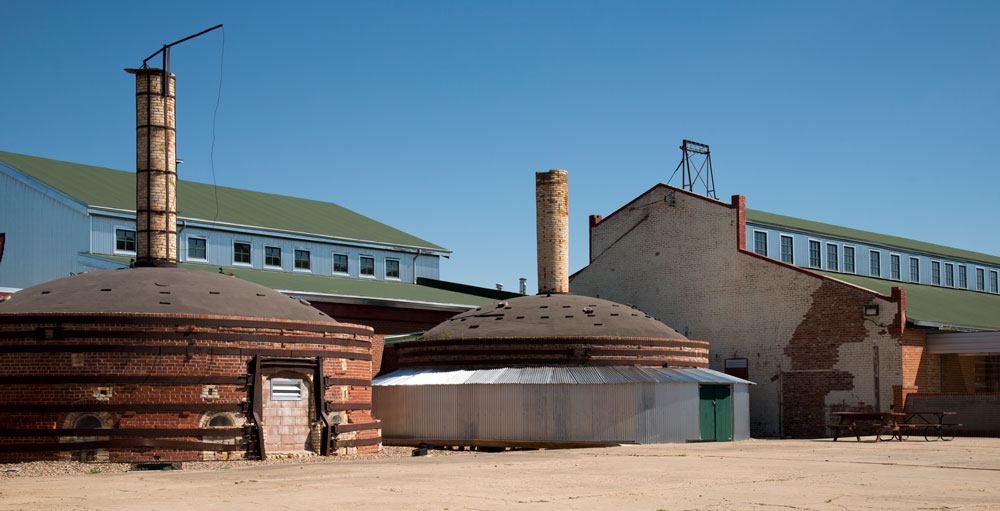
The huge beehive kilns of Medalta Potteries, seen from the outside.
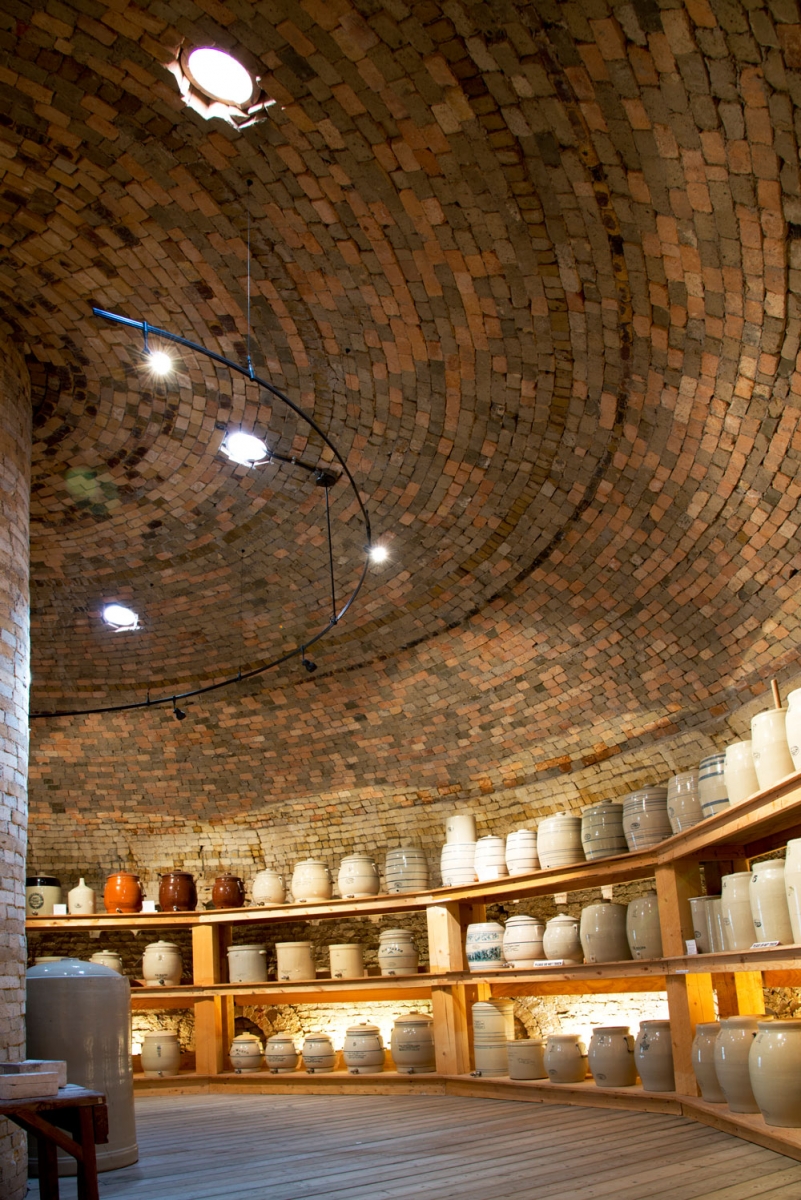
Using clay brought by rail from Saskatchewan (the local clay was not suitable for pottery), Medalta produced water coolers, crocks, butter churns, mixing bowls, and bean pots that they supplied to kitchens across Canada.
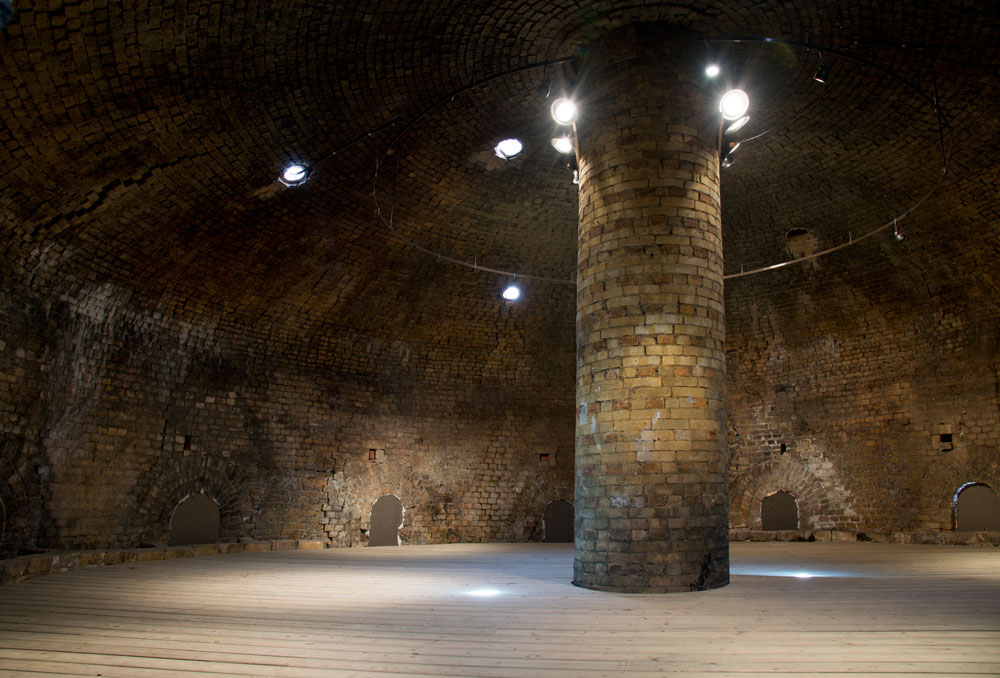
These aren’t just historic kilns; they also did double duty as cheap accommodations during the Great Depression in the 1930s. The cooling kilns made a cozy place to sleep for people travelling across Canada looking for work. According to the museum, as many as 40 men could sleep in each of the enormous kilns, and these “guests” were welcome as long as they were gone by the time the factory was ready to start work in the morning.
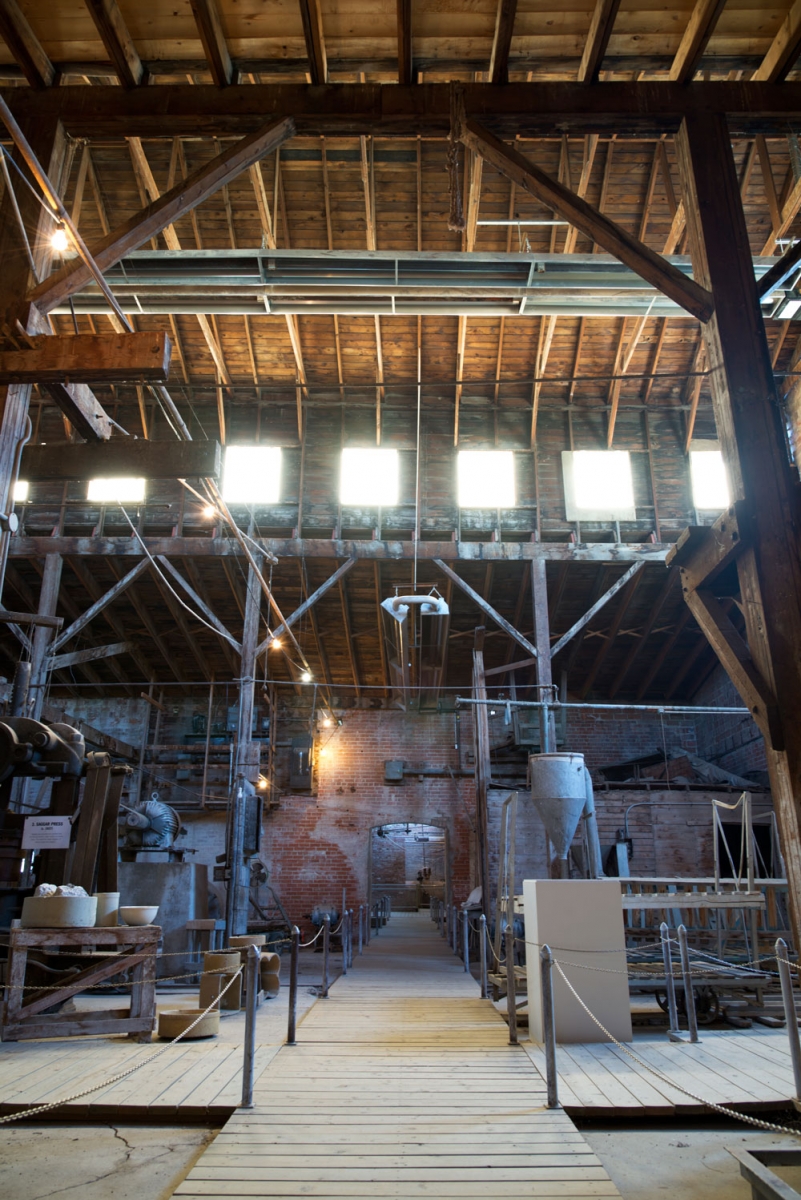
The company closed the factory in 1954 and, while a few attempts were made to revive the site for commercial use, it wasn’t until the 1970s that a campaign was launched to preserve the site for its historical value. The Historic Clay District is now a National Historic Site, with the sprawling Medalta Potteries complex restored as a museum, working pottery, and state-of-the-art ceramic studio residency. You can visit the Old Factory (pictured here) where clay was produced, and the Turning Room, where the pottery was made (look for the enormous crocks that could likely accommodate a dozen people, had they to decided to use it as a hot tub).
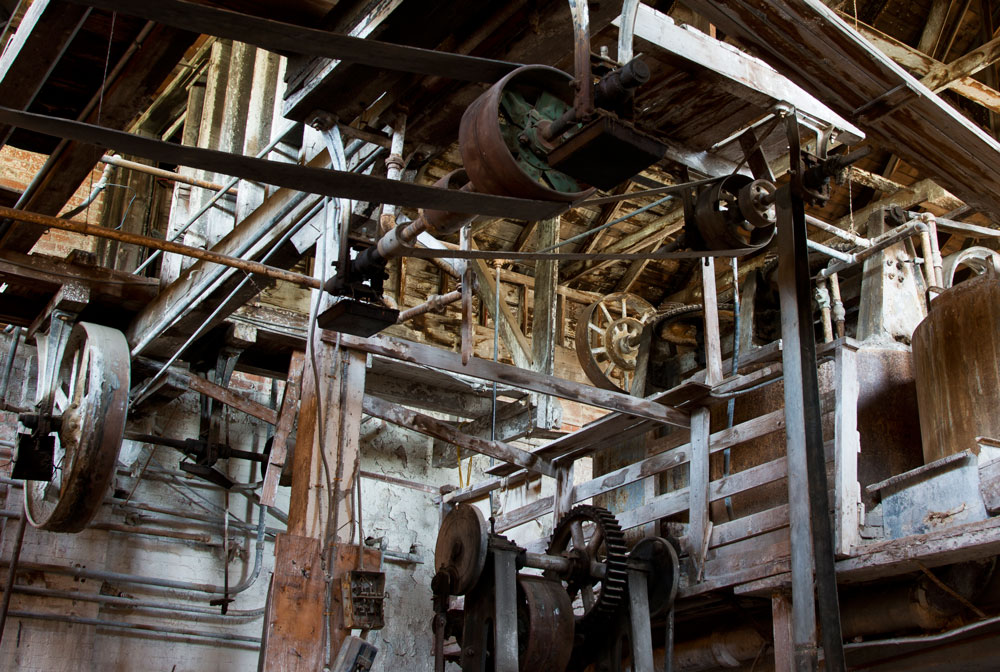
The Old Factory is a now-silent tangle of chutes, conveyor belts, buckets and gears. Wander around and peer at the many fascinating contraptions that would have carried out various stages of clay production; from grinding raw materials to kneading clay and making glazes.
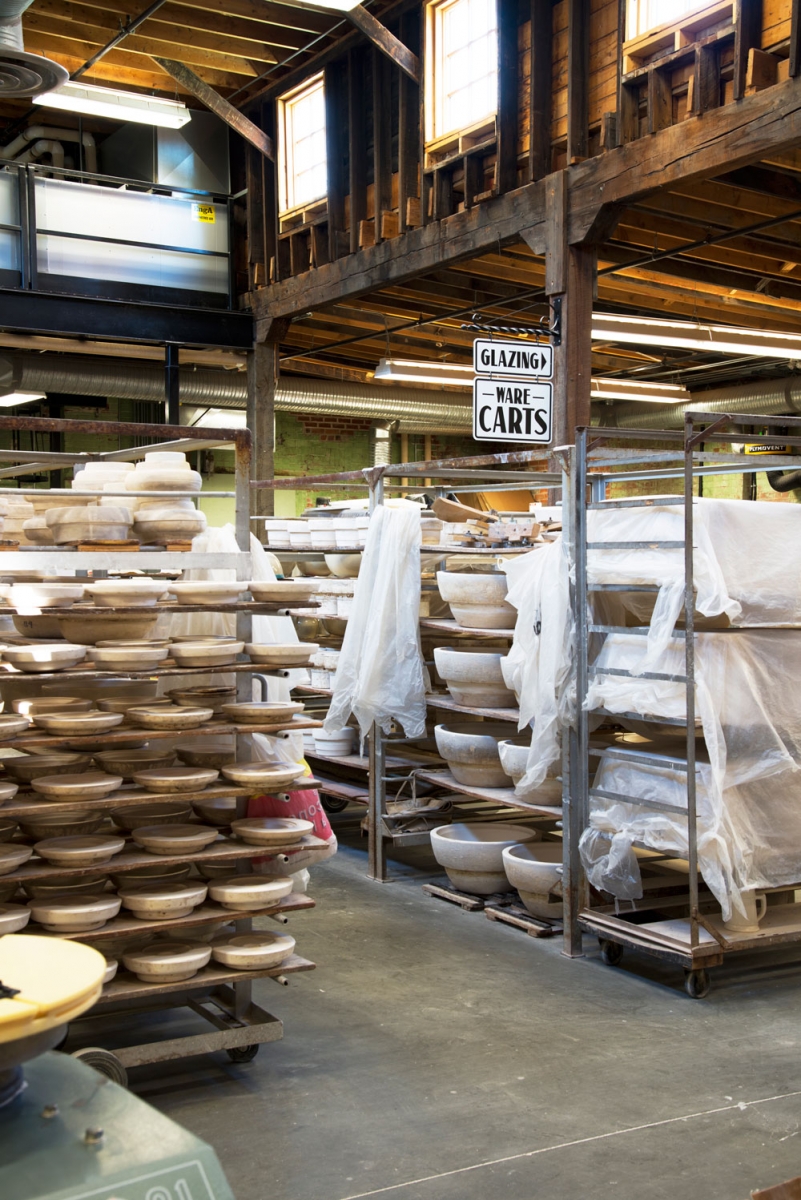
The adjacent working pottery produces replicas of classic Medalta pottery pieces. These cups, bowls, crocks and Medalta’s famous bean pots (look for the display and classic baked beans recipe in the turning room), are available in the gift shop.
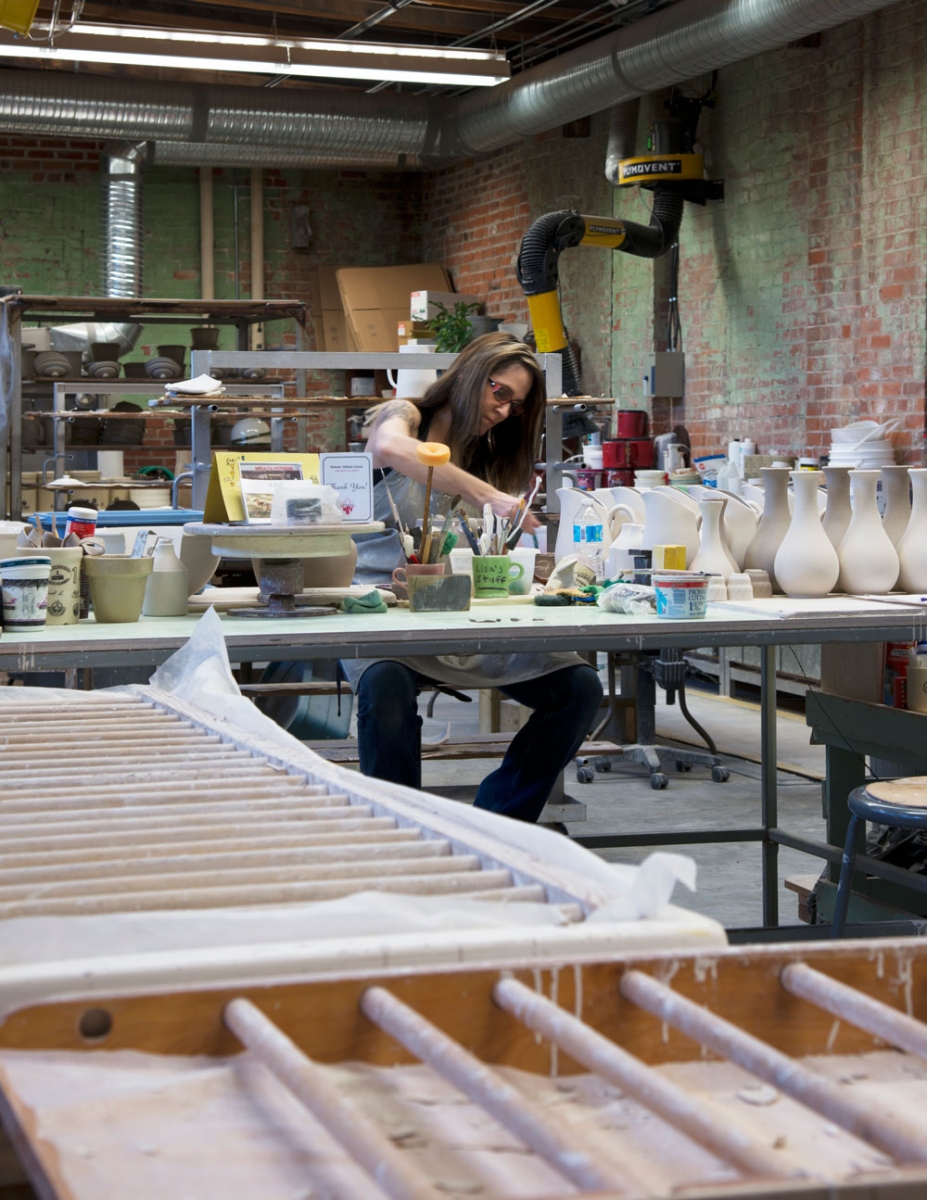
Stop and chat with the potters. They are happy to answer your questions, show you the pieces they are working on, and demonstrate some of the machinery (some older then 100 years) still in use.
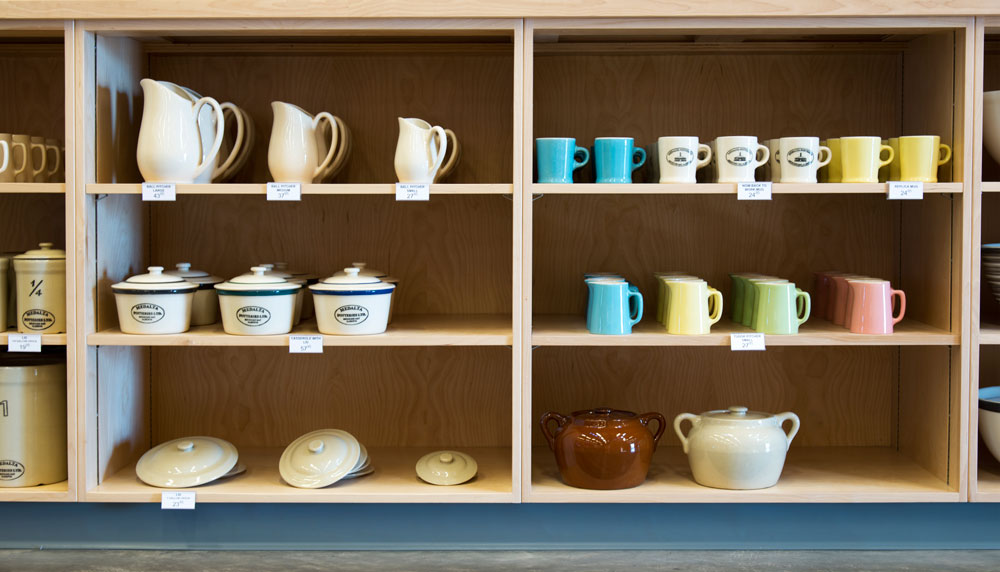
Replica Medalta ware is made on location and for sale in the gift shop.
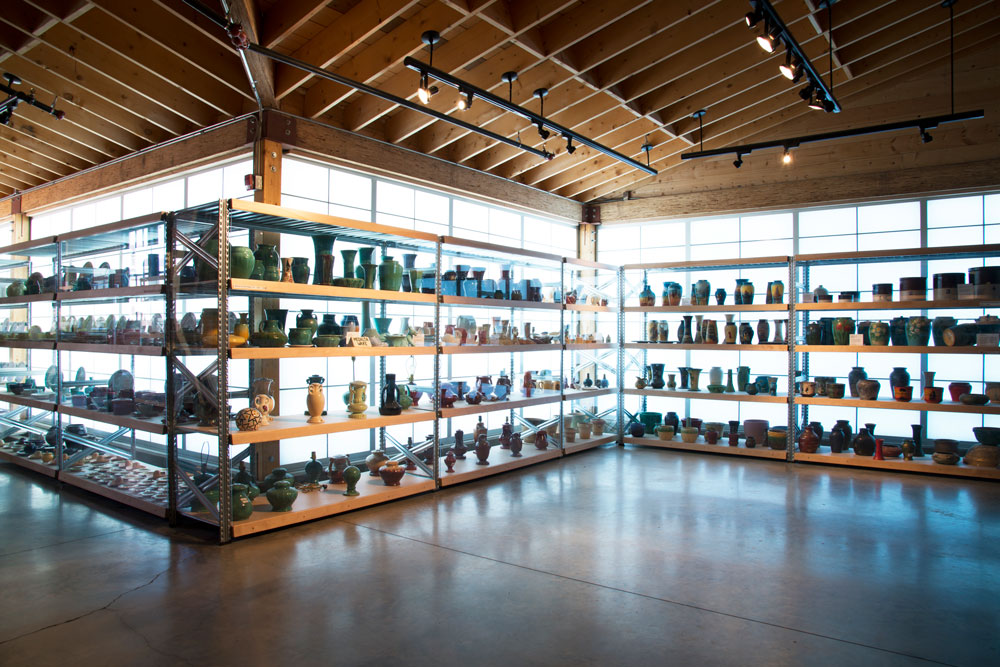
The Medalta Potteries complex has several galleries. The first one you’ll encounter, near the kilns, is the Collector’s Gallery. It displays the Tony Schlachter Collection. Light pours through floor-to-ceiling windows illuminating shelf upon shelf of thematically grouped pottery.
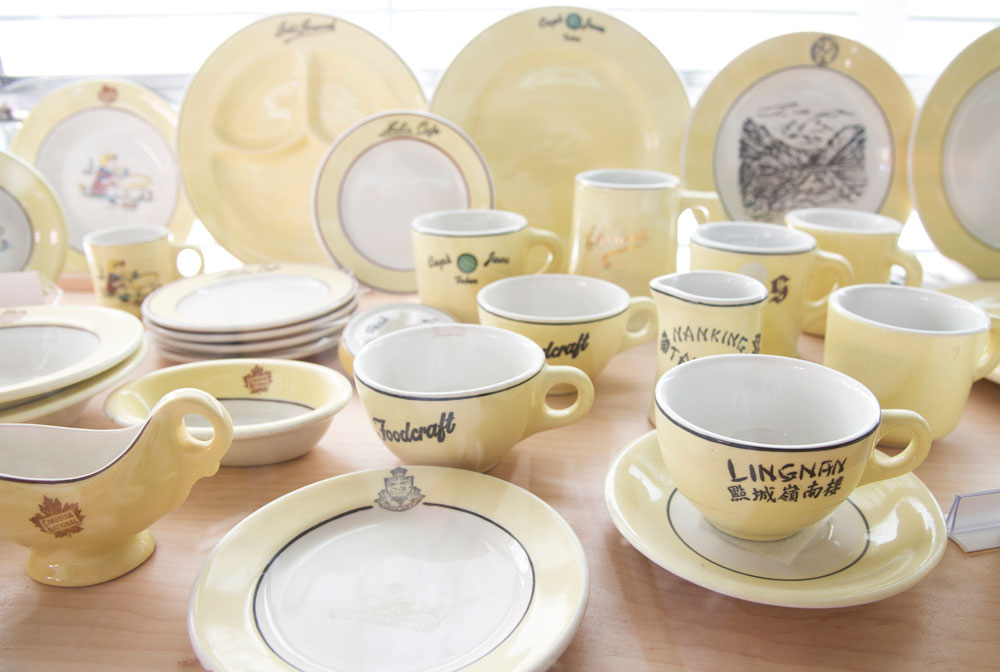
Schlachter was born in the 1930s and raised in Southern Alberta. He managed a grain elevator, was a farmer and raised cattle. He gifted his extensive collection of southwestern Alberta pottery to the Friends of Medalta Society in 2008, on the conditions that the collection be kept intact and be placed on display for the public to see and enjoy.
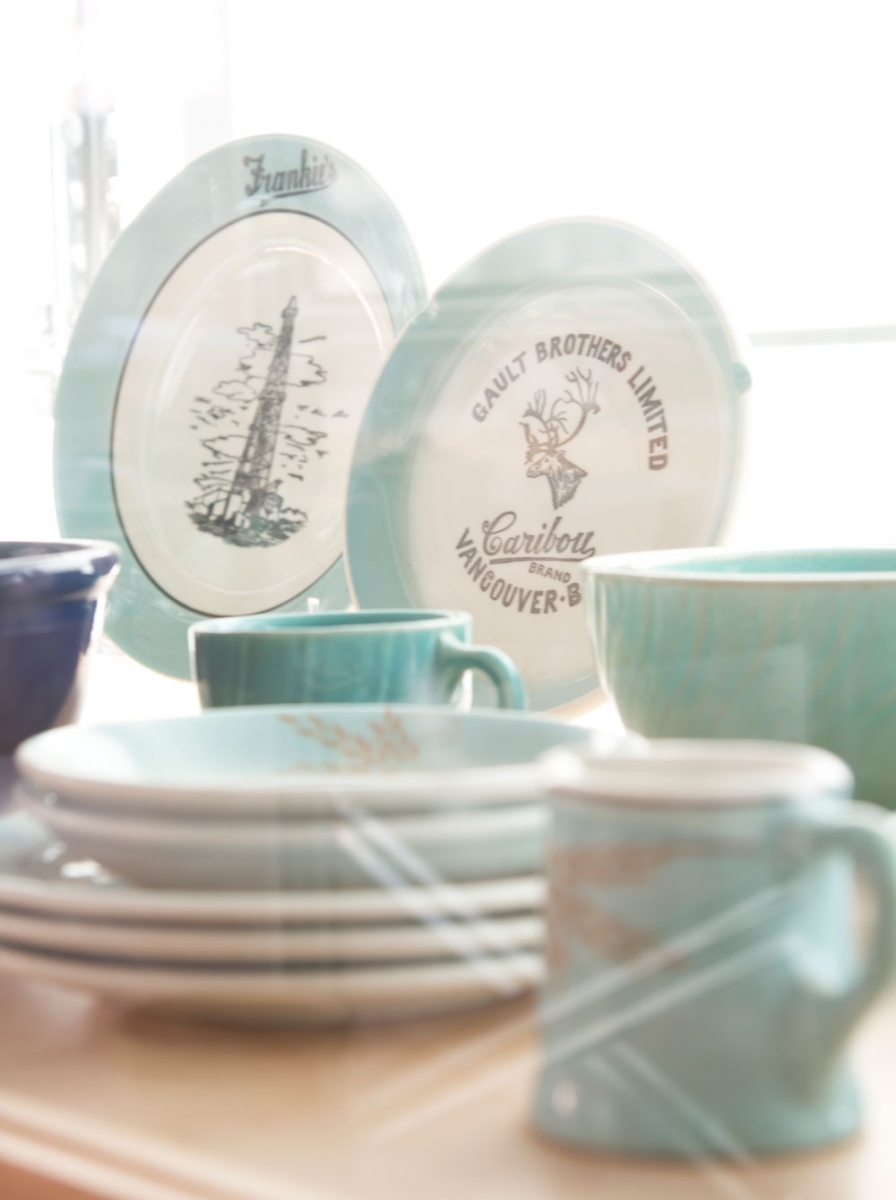
Unlike in the traditional museum artifact displays you may be accustomed to seeing, there isn’t a lot of reading to do. Medalta has dispensed with the long numbered lists corresponding to every single piece on the shelves.
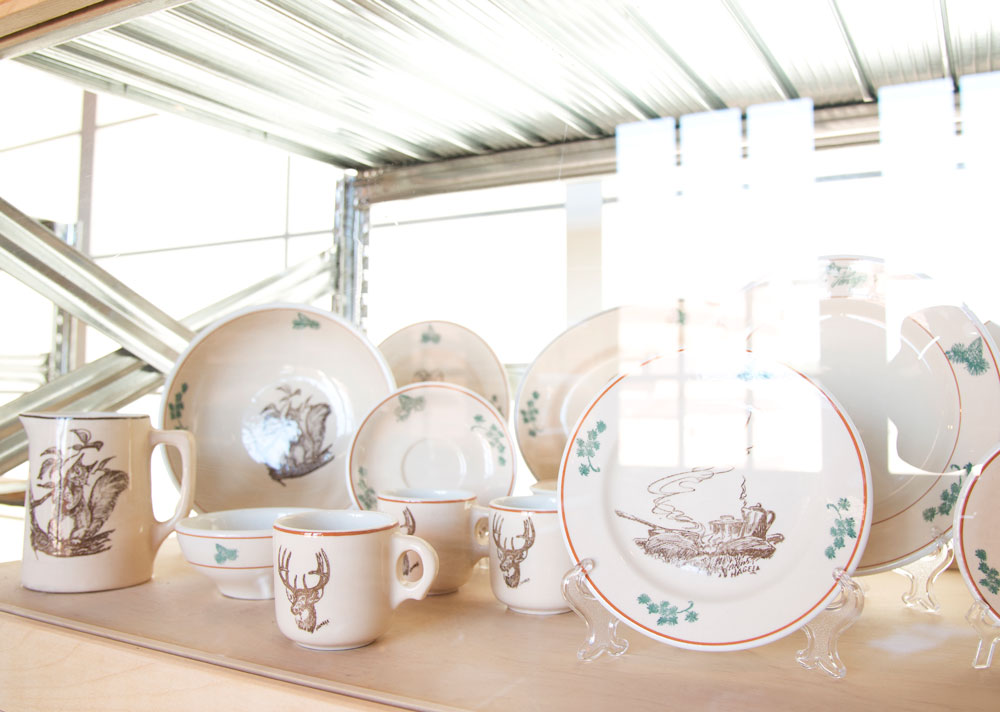
Instead, the focus is on the artifacts and there is nothing to distract you from feasting your eyes on the beautiful range of colours, shapes and styles of pottery on display.
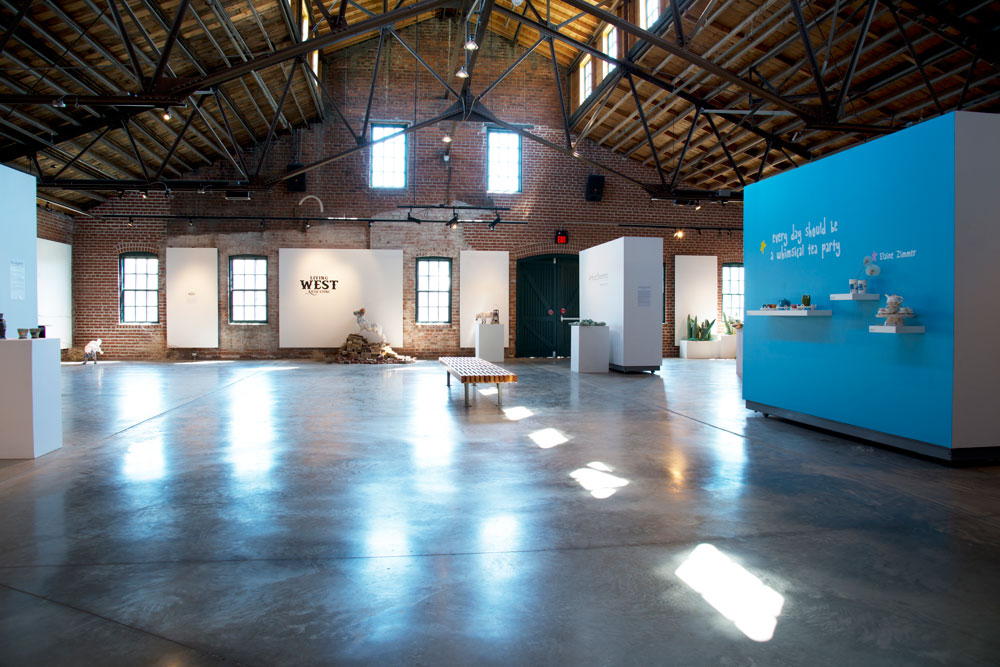
The Yuill Family Gallery is the larger of the two contemporary galleries on site. It preserves much of the original architecture of the historic building that houses it. ustom-built moveable wall sections and removable wall panels allow gallerists to easily reconfigure the space to suit the wide range of shows and events that take place in the space. Look down as you approach the entrance of the gallery, you’ll see the excavated foundations of historic beehive kilns below a glass floor.
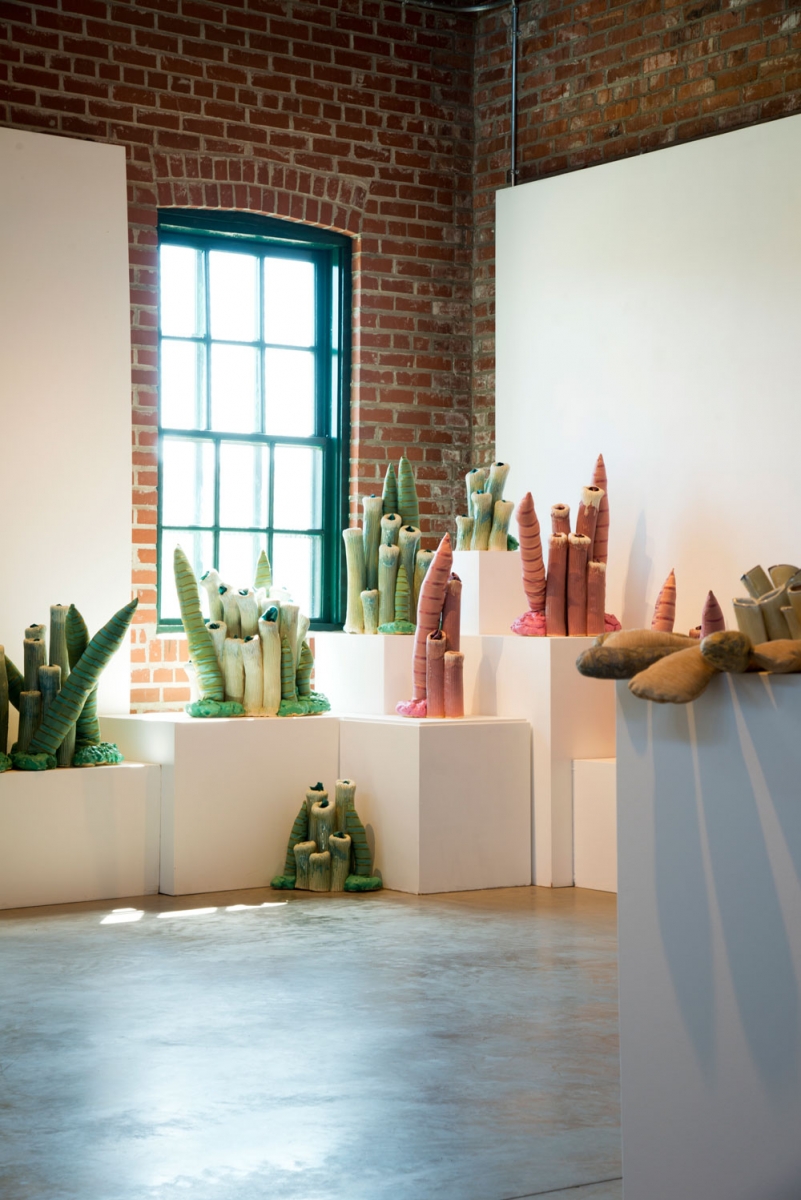
The Yuill Family Gallery shows travelling exhibits, work by resident artists, and serves as an event space for openings (pictured here is Artificial Bionomics, by Stephanie Jonsson).
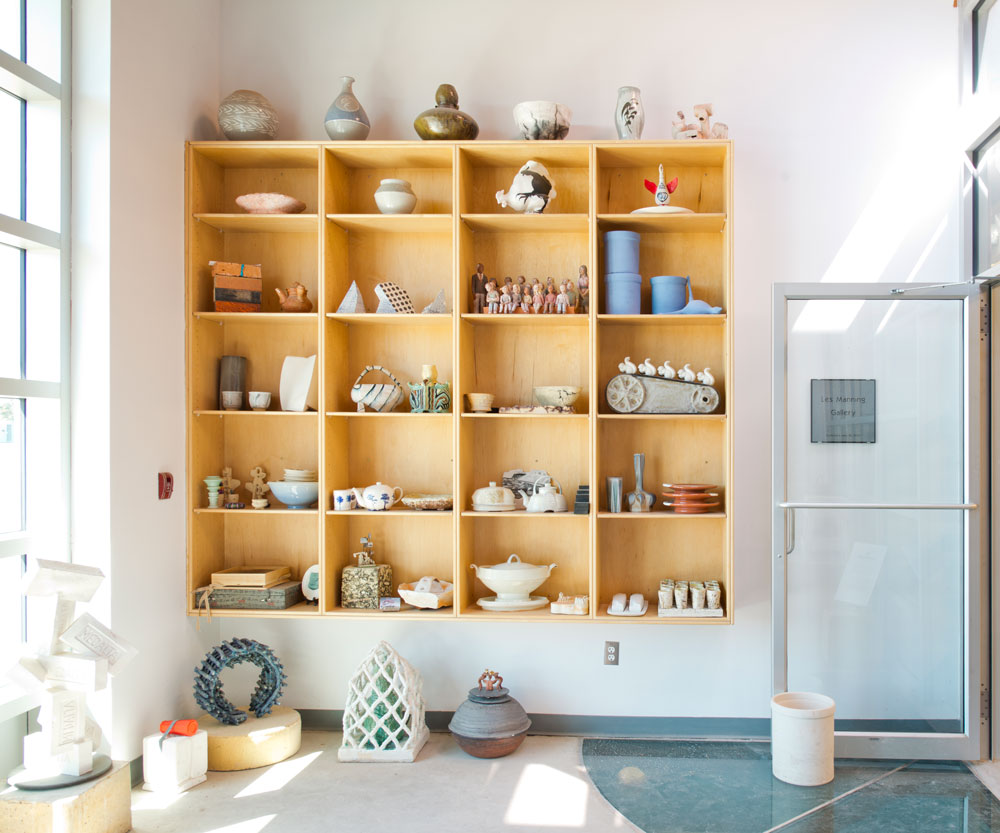
The Les Manning Gallery, in the Shaw International Centre for Contemporary Ceramics is the smaller of two contemporary ceramics galleries on site. The small, sunlight-filled room holds an array of pieces by contemporary ceramic artists.
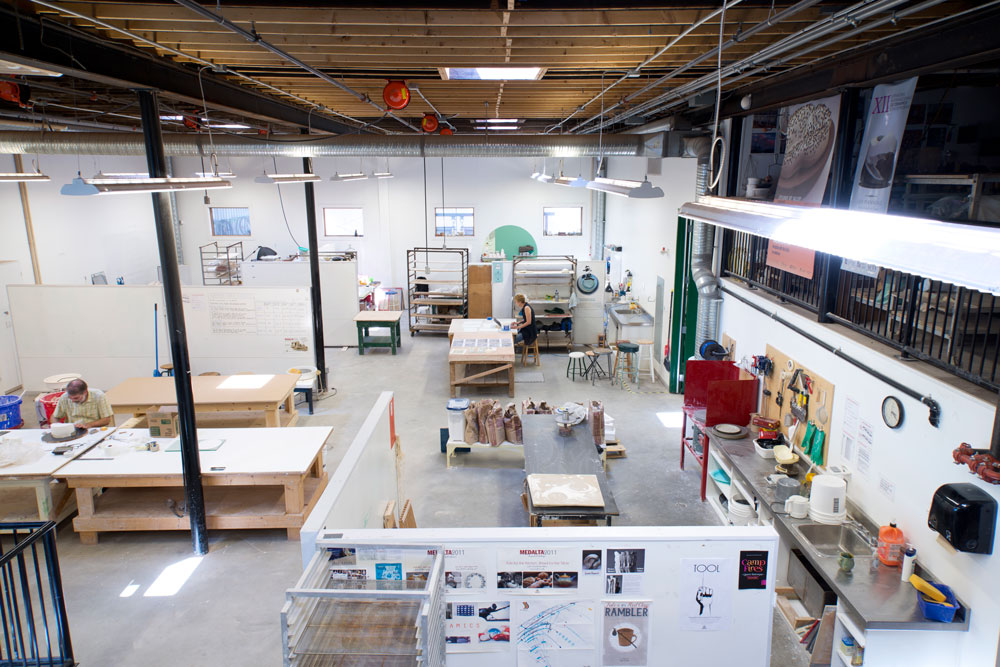
The gallery’s namesake, Les Manning, is a renowned ceramic artist currently working in Medicine Hat. A recipient of the Order of Canada and former Director of Ceramics at the Banff Centre for the Arts, he came to Medalta in 2000 to take part in an artist residency. His vision (and volunteer leadership) was behind the creation of the 12,000 square foot Shaw International Centre for Contemporary Ceramics, which opened in 2009. It’s a beautiful, bright space, with studios featuring state-of-the-art facilities and kilns of all kinds, with workspaces designed for flexibility: short- and long-term artists in residence, who come from all around the world, can have private spaces to work, or the walls and tables can be moved around to make large communal spaces for public group classes. Visits to the SICCC are by appointment only.
713 Medalta Avenue SE, Medicine Hat, AB. 403-529-1070, medalta.org

